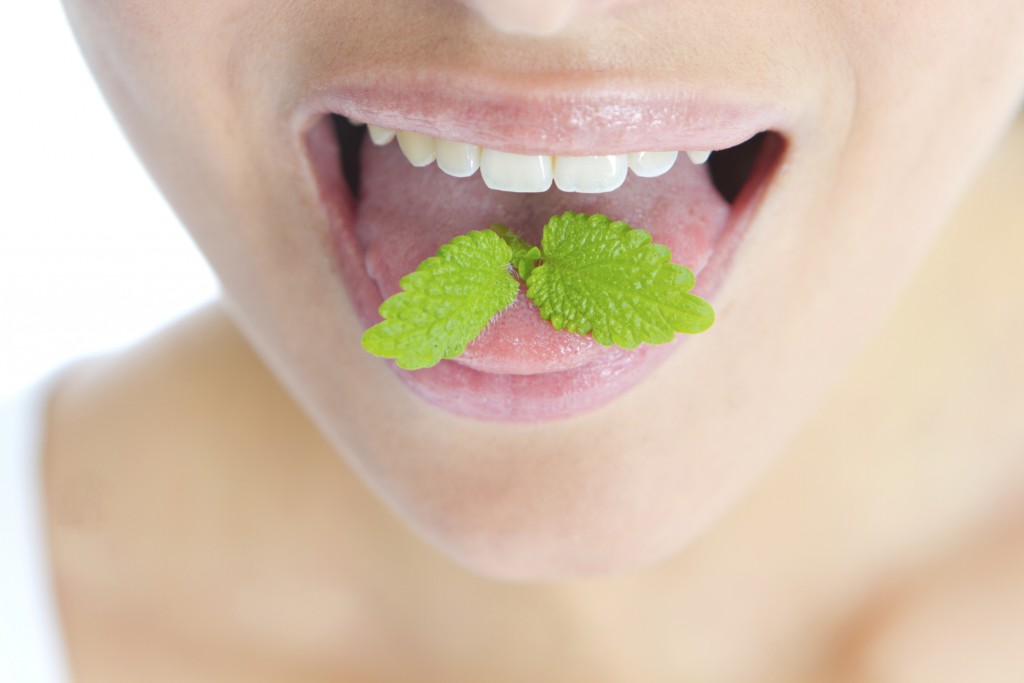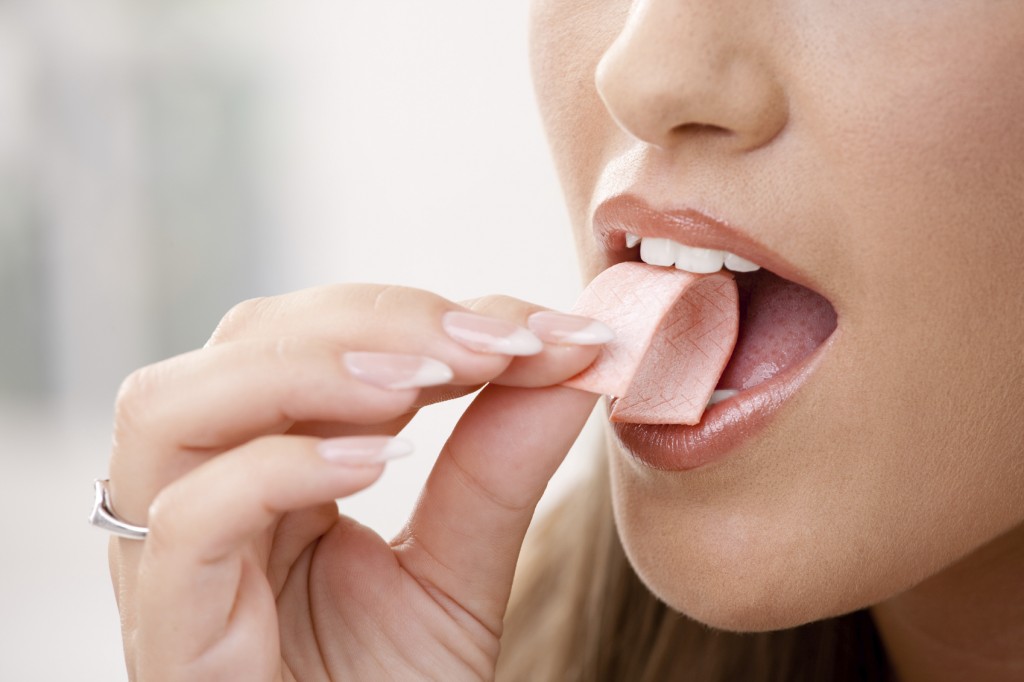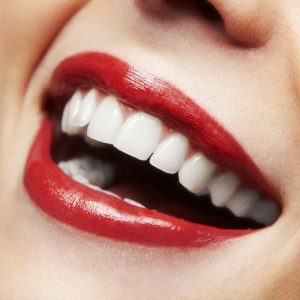
Nobody wants to hear, “You have bad breath.”
The problem is, that is generally how you find out that you do. It’s something a significant someone will likely point out to you. We all want to maintain fresh breath throughout the day, but if we don’t have a toothbrush at our disposal how do we accomplish that? It isn’t as difficult as you think. The main goal to keeping bad breath at bay is to keep saliva production going. The more saliva you have being produced the less chance odor-causing bacteria have to set up camp in your mouth. Below are five easy ways to keep your breath fresh all day:
Stay hydrated. If you can’t brush your teeth after a meal, drinking a lot of water can help speed up the process of cleaning harmful bacteria and debris from between your teeth. Drinking milk can even help deodorize some offensive breath odors. Avoid sugary drinks!
Don’t drink too much coffee. It may be tasty, but coffee is a tough smell to get off the back of your tongue.
Don’t smoke or use other tobacco products. Cigarettes, pipes, and snuff can foul your breath. Smoking gives people horrible breath!
Cut back on alcohol. Alcohol can lead to a dry mouth. Too much beer, wine, and hard liquor can make your breath reek for up to eight to 10 hours after you finish drinking.
Chew sugarless gum. Doing so 20 minutes after a meal can help with saliva flow. Gum that’s 100% xylitol-sweetened can help reduce cavities.
Visit Dr. Kirtley today and schedule an appointment to find out what kind of treatment your teeth needs to be healthier and to look better. Call 317-841-1111 or www.smilesbygeorge.com.
Dr. George Kirtley proudly serves Indianapolis and all surrounding areas.

 Okay so, maybe that isn’t exactly true. But it is safe to say, millions of Americans chew gum. Some use it for the fresh breath, some us it to curb food cravings, some just like to chew gum for the bubbles, but chewing gum is really good for your teeth. But all chewing gum isn’t the same.
Okay so, maybe that isn’t exactly true. But it is safe to say, millions of Americans chew gum. Some use it for the fresh breath, some us it to curb food cravings, some just like to chew gum for the bubbles, but chewing gum is really good for your teeth. But all chewing gum isn’t the same.